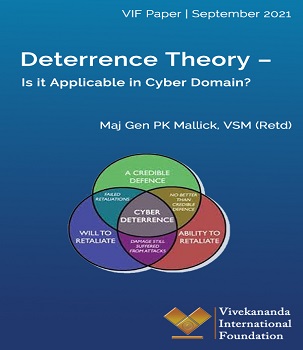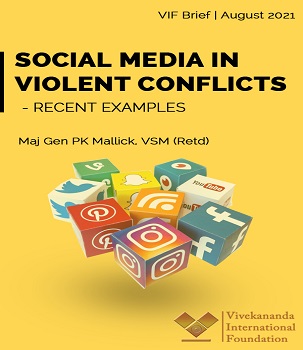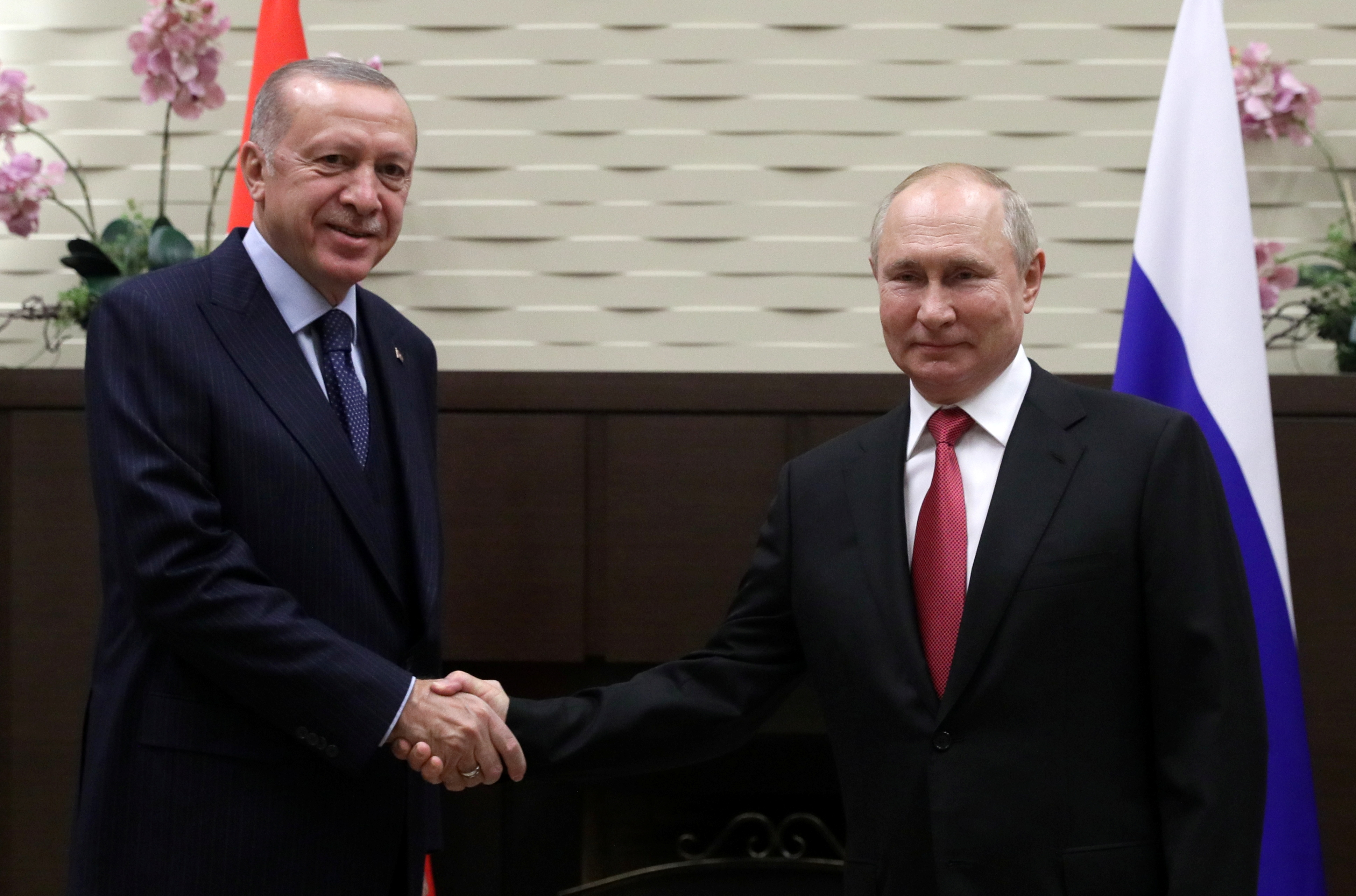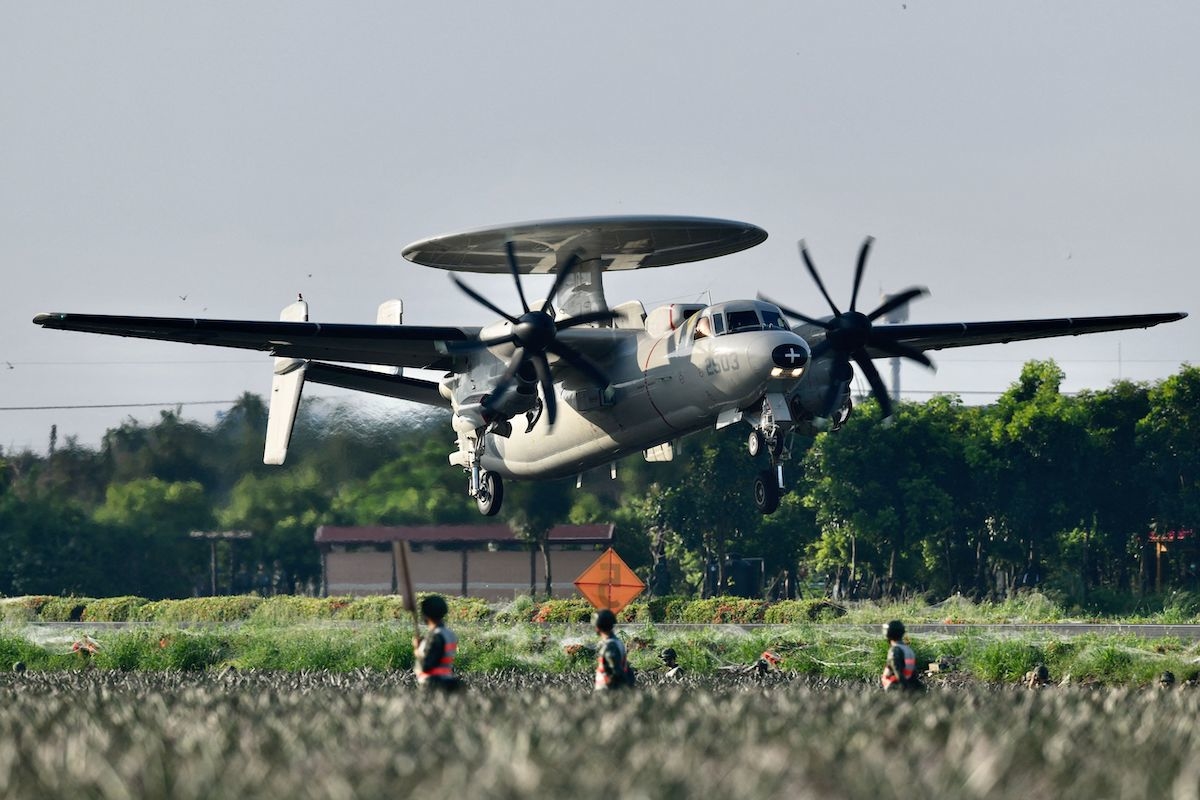KATHRYN BOTTO
WHAT ARE SOUTH KOREA’S RELATIONSHIPS LIKE WITH ITS NEIGHBORS?
For most of its history, South Korea has kept its diplomacy focused predominately on major powers around the Korean Peninsula. China, Japan, Russia, and the United States have an outsized impact on South Korea given their proximity, global economic and strategic influence, and integral role in South Korea’s most pressing foreign policy and security challenges, like inter-Korean peace.
However, as U.S.-China frictions intensify, South Korea is increasingly concerned about being entangled in great power competition. This has been especially true since 2017, when China launched a campaign of economic coercion in retaliation for Seoul’s decision to allow the deployment of a U.S. missile defense system in South Korea. Seoul experienced firsthand Beijing’s willingness to weaponize economic ties to influence its strategic decisions.
To lessen these vulnerabilities, Seoul is looking to diversify its economic and strategic partnerships in the region by strengthening ties with India and members of the Association of Southeast Asian Nations (ASEAN) under South Korea’s New Southern Policy (NSP). The policy’s goal is to elevate ties with India and Southeast Asia to the same level as South Korea’s relationships with China, Japan, Russia, and the United States.
To do so, the policy focuses on deepening South Korea’s economic, political, strategic, and sociocultural cooperation with India and ASEAN members. Though South Korea has had strong ties in the region for many years, the NSP is Seoul’s first major diplomatic framework for improving ties with Southeast Asia and India.
HOW IS THE NEW SOUTHERN POLICY STRENGTHENING THESE TIES?
The policy has three pillars: peace (meaning political and strategic cooperation), prosperity (meaning economic cooperation), and people (meaning sociocultural cooperation). The Presidential Committee on New Southern Policy claims that ninety-four major projects have been implemented under this framework since the policy was launched in 2017.
The policy is broad and far reaching, spanning from efforts to support small and medium enterprises expanding abroad to improving natural disaster response mechanisms. In 2020, the NSP was recalibrated and rebranded as the New Southern Policy Plus to include some policy adjustments and add new areas of emphasis in response to the coronavirus pandemic.
Progress in some areas is difficult to measure, especially in just four short years since its launch and during an unprecedented pandemic. However, the policy has certainly contributed to some notable developments in South Korea’s approach to Asia. For example, the Ministry of Foreign Affairs has created an ASEAN and Southeast Asian Affairs Bureau and raised it to the same level as the bureaus for China and Japan.
South Korea has also strived to expand trade in the region. The South Korean government has signed a free trade agreement with Indonesia; pursued new trade agreements with Cambodia, Malaysia, and the Philippines; and initiated discussions on upgrading trade agreements with ASEAN and India. The policy has also prioritized more emphasis on development cooperation in the region, and Seoul has committed to doubling funding for projects in Cambodia, Indonesia, Laos, Myanmar, the Philippines, and Vietnam by 2023.
WHY SOUTHEAST ASIA AND INDIA?
ASEAN members and India are natural partners for South Korea for a few reasons. First, South Korea already has strong ties to these countries, particularly in the economic realm. ASEAN collectively has been South Korea’s second-largest trading partner since 2017, and Vietnam alone accounts for nearly 9 percent of South Korea’s exports. Though South Korea’s trade and investment in India has been relatively stagnant in recent years, India is still South Korea’s seventh-largest export market, and the relationship has huge potential.
As South Korean companies look to move manufacturing outside of China due to the increased risk of doing business there, the low labor costs, proximity, and friendly foreign investment policies of countries like Vietnam make NSP target countries good destinations for South Korean investments in manufacturing. As such, India and Southeast Asian countries are natural destinations to help South Korea diversify its economic portfolio.
These countries also share similar concerns about Chinese influence in the region and a desire to mitigate the uncertainties and risks posed by great power competition. Like South Korea, India and ASEAN have also shied away from directly challenging China to avoid drawing its ire. Instead, Seoul has used the NSP to emphasize improving economic security by diversifying South Korea’s economic partnerships and enhancing cooperation on nontraditional and human-centered security issues like environmental security and public health rather than sensitive regional security issues.
HOW DOES THE NEW SOUTHERN POLICY AFFECT U.S. INTERESTS?
The NSP is highly complementary to U.S. interests in the Indo-Pacific. At the summit meeting between South Korean President Moon Jae-in and U.S. President Joe Biden in Washington in May 2021, the two leaders established that the significance of the U.S.-South Korea relationship “extends far beyond the Korean Peninsula” and agreed to “work to align [South Korea’s] New Southern Policy and the United States’ vision for a free and open Indo-Pacific.” Their joint statement emphasized shared goals to expand “regional coordination on law enforcement, cybersecurity, public health and promoting a green [pandemic] recovery,” while also seeking to enhance connectivity and digital innovation in ASEAN countries and to collaborate on development in the Mekong subregion.
The joint statement marked the Moon administration’s strongest endorsement of the United States’ Indo-Pacific narrative to date. But the Moon government is still reluctant to formally endorse the free-and-open Indo-Pacific rhetoric due to concerns over potential backlash from China.
Though South Korea’s alliance with the United States is very strong and the two countries share similar values and perspectives on security challenges in the region, South Korea is constrained by the geostrategic realties of being so close to China—both physically and economically—and by China’s integral role in managing relations with North Korea.
THE QUAD SUMMIT AND SOUTH KOREA’S REGIONAL DIPLOMACY
South Korea’s approach to the minilateral Quadrilateral Security Dialogue (commonly called the Quad) has been similar to its approach to the free-and-open Indo-Pacific narrative—work with partners practically while avoiding open endorsement of their regional strategies.
The Quad members—Australia, India, Japan, and the United States—have been careful not to explicitly call out China in Quad summits. But having faced economic retaliation from China in the past, South Korea is still wary of China’s reaction to the Quad, especially as China has made its distaste for the minilateral forum clear. However, as the Quad has continued to develop and define its priorities, South Korea has shown willingness to cooperate through parallel initiatives, or in some cases to do so directly. Though South Korea is not a member of the Quad, it was a part of the Quad Plus meetings in March 2020, where it participated in talks on the pandemic response.
Last week’s first in-person Quad summit showed positive developments that will give South Korea more opportunities for convergence with the Quad. The group’s continued focus on issues like pandemic management, infrastructure development, climate change, people-to-people exchanges, and emerging technologies align naturally with South Korea’s NSP priorities.
As long as the Quad continues to avoid rocking the boat too much with Beijing, Seoul will likely continue to collaborate on shared priorities—though South Korea remains more likely to do so through bilateral coordination with the United States than by joining the Quad itself, if the opportunity to join were to arise.
 The Deterrence Theory was developed in the 1950s, mainly to address new strategic challenges posed by nuclear weapons from the Cold War nuclear scenario. During the Cold War, the U.S. and the Soviet Union adopted a survivable nuclear force to present a ‘credible’ deterrent that maintained the ‘uncertainty’ inherent in a strategic balance as understood through the accepted theories of major theorists like Bernard Brodie, Herman Kahn, and Thomas Schelling.1 Nuclear deterrence was the art of convincing the enemy not to take a specific action by threatening it with an extreme punishment or an unacceptable failure.
The Deterrence Theory was developed in the 1950s, mainly to address new strategic challenges posed by nuclear weapons from the Cold War nuclear scenario. During the Cold War, the U.S. and the Soviet Union adopted a survivable nuclear force to present a ‘credible’ deterrent that maintained the ‘uncertainty’ inherent in a strategic balance as understood through the accepted theories of major theorists like Bernard Brodie, Herman Kahn, and Thomas Schelling.1 Nuclear deterrence was the art of convincing the enemy not to take a specific action by threatening it with an extreme punishment or an unacceptable failure.








:quality(70)/cloudfront-us-east-1.images.arcpublishing.com/mco/TMRUB4KTP5DUVCXWLZ7GK5NNSU.JPG)

